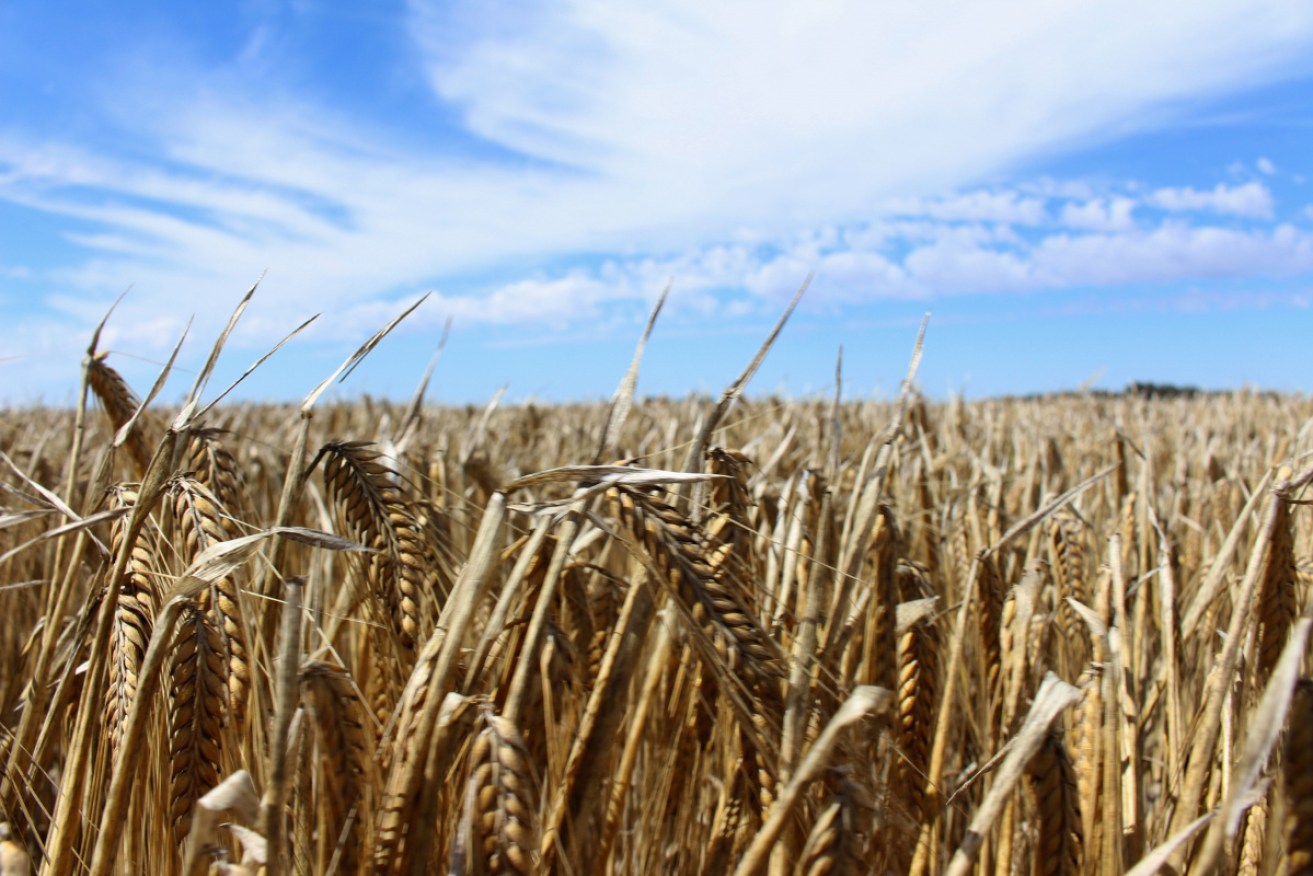New method of measuring water loss brings drought-surviving crops a step closer

Australian scientists hope the findings of how a plant loses water can improve barley yields. Photo: Reuters
The search for crops that can survive long droughts may be a step closer after Australian scientists found a way to precisely measure plants’ water loss.
Researchers hope the discovery will boost efforts to improve the yield from major crops like barley and wheat during bone-dry seasons and heatwaves.
“Crops and other plants lose water in two ways,” plant physiologist Diego Marquez said.
“Through their skin or cuticle and the stomata”.
Until now, scientists have only been able to calculate a plant’s dehydration by measuring the water lost through the stomata.
These are pores on leaves that release water vapour and take in carbon dioxide.
But Australian National University School of Biology researchers have created a new model for estimating a plant’s gas exchange.
“We’d only been looking at half the picture when it comes to crops and other plants’ drought tolerance,” Mr Marquez, a PhD researcher, said.
“Our model goes further, accounting for the pathways that water and CO2 are crossing through the surfaces of the leaf.”
Mr Marquez said understanding the cuticle was the final barrier for leaf dehydration research and the study would help scientists better understand drought tolerance.
“This will allow plant breeders and molecular engineers to plan for genotypes well adapted to particular environments,” he said.
The stomata model was developed 40 years ago and assumed water loss through plants’ skin was negligible.
“If you’re ignoring one of the two contributions to a plant’s water evaporation, then you can expect a substantial degree of error in your analysis,” biophysicist Graham Farquhar said.
The team’s breakthrough improves the estimate of a plant’s water loss at any given time and provides a more precise measurement of the gas exchange process.
“We are now developing a simple method that will allow agricultural scientists and others in the field to calculate water loss through the skin of a crop,” Professor Farquhar said.
“We hope our research can help develop drought-tolerant and more water-efficient crops.”
The research is published in Nature Plants on Tuesday.
-AAP








